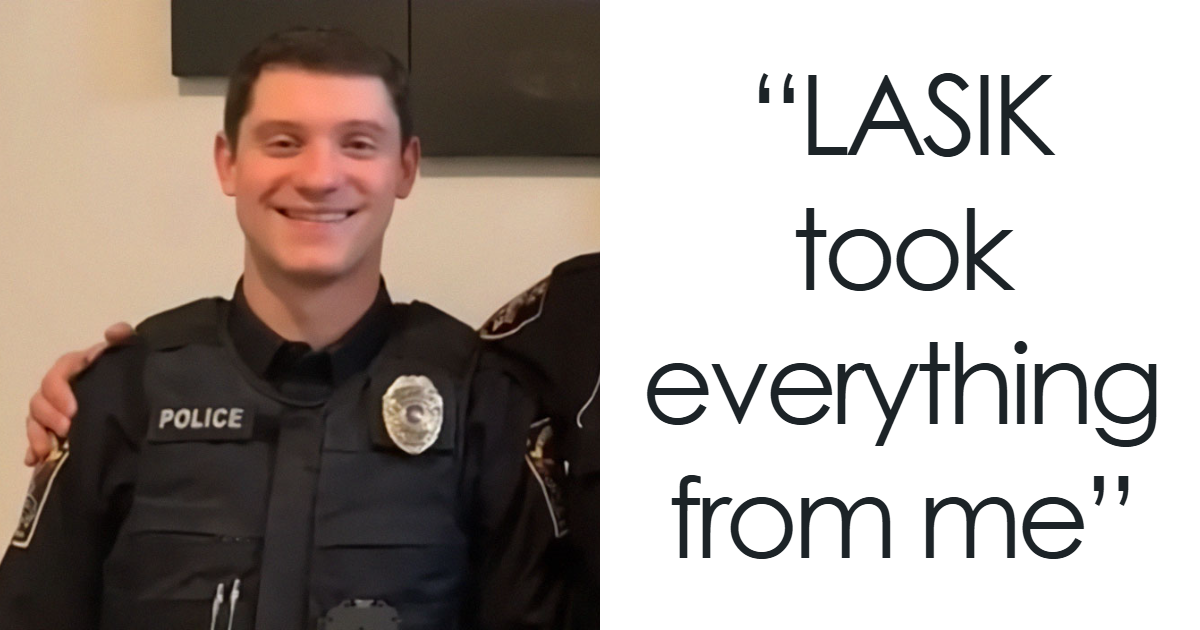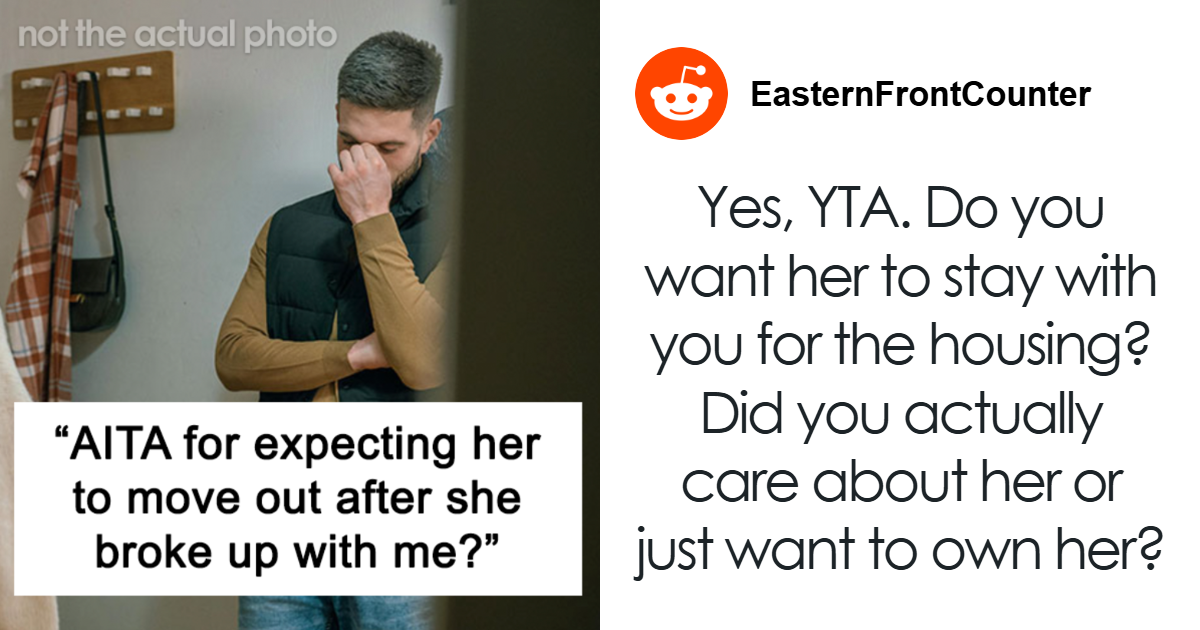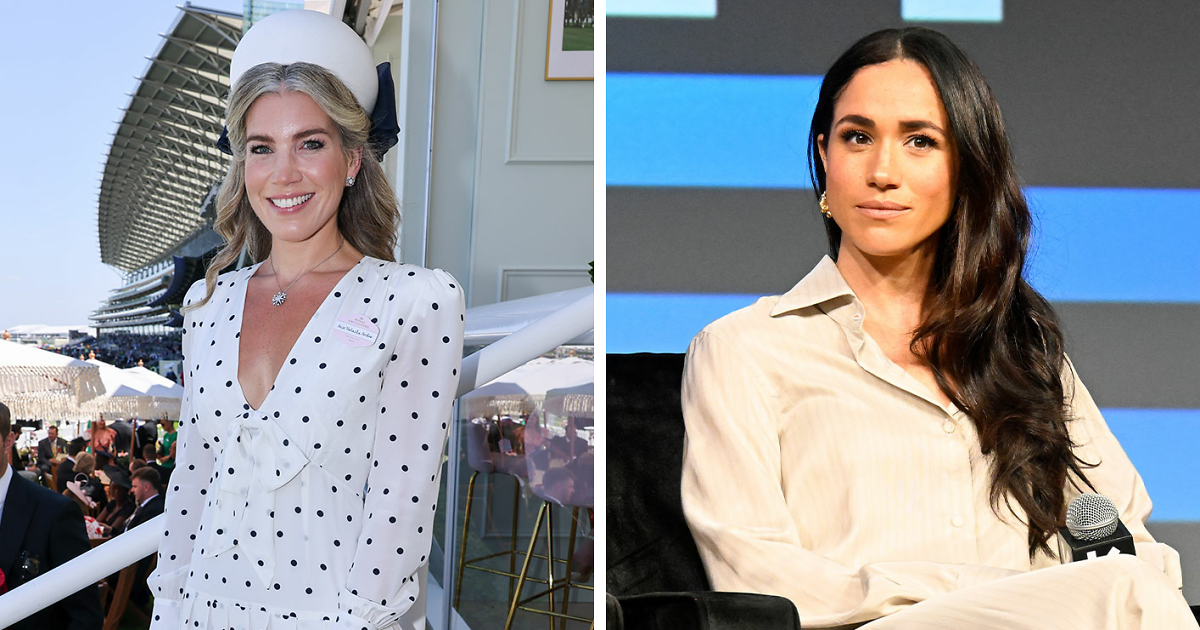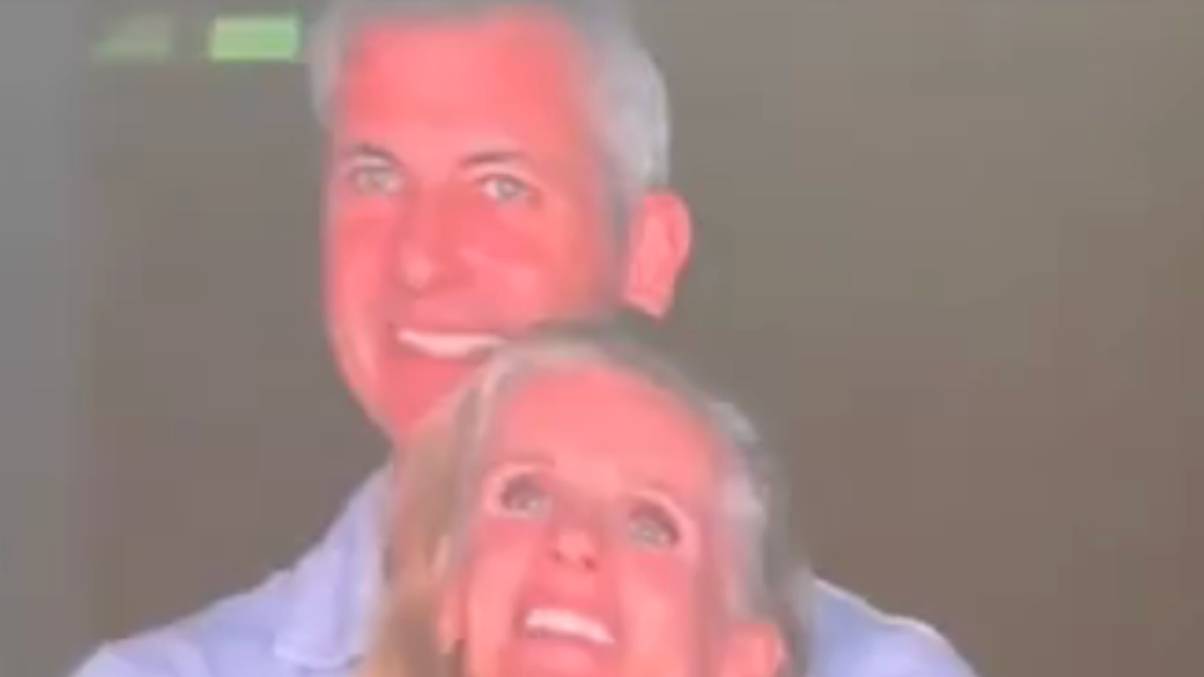Tragic Confession Sparks Unseen LASIK Horror Stories From Others Who Dare to Speak Out
Image credits: Jessica Starr
“I miss being able to see stars clearly, and I even miss the practical and aesthetic benefits of wearing glasses. If I could go back, I’m not sure I’d make the same choice,” one person said.
“I had thought about getting laser eye surgery, but hearing doctors who previously approved it and now speaking against it, was enough for me to just deal with contacts,” said another.
800,000 people get LASIK surgery every year, according to the National Institutes of Health
LASIK stands for laser-assisted in situ keratomileusis. According to LASIK.com, it’s one of the most popular elective procedures in the world to correct things like nearsightedness, farsightedness, and astigmatism.
During LASIK surgery, a laser is used to change the shape of a person’s cornea, the dome-shaped tissue covering the eye.
Image credits: CBS Pittsburgh
Typically, a person’s cornea refracts light precisely onto the retina at the back of the eye. But with nearsightedness, farsightedness or astigmatism, the light is bent incorrectly, resulting in blurred vision.
Image credits: Vadim/stock.adobe.com (Not the actual photo)
Generally, patients notice an improvement in their vision immediately after a successful LASIK surgery, but full recovery can take anywhere from 2-3 months, depending on how good their eyesight was prior to the surgery. Patients with post-op complications can suffer from dry eyes, double vision or undercorrection, the Mayo Clinic says.
Image credits: CTV News
Roughly 800,000 people get the procedure in the U.S. every year, the National Institutes of Health said in a report from 2021, with the price being roughly $1,500 per eye. And no, the procedure is not typically covered by insurance.















